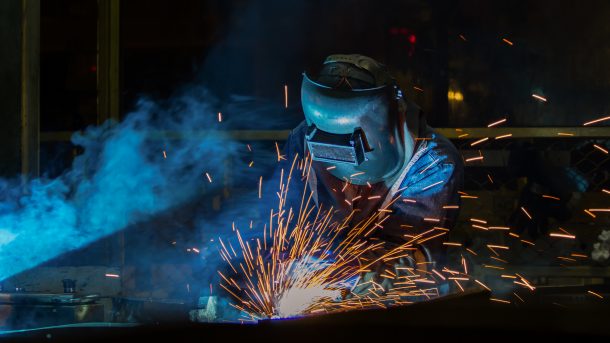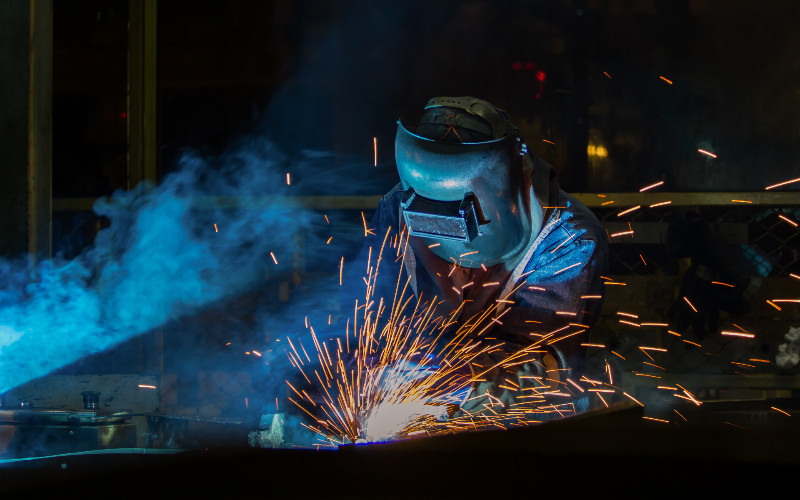A shear stud, most commonly called a shear connector, is used to connect and hold two different materials together to create a composite material. In construction, this is typically for connecting and holding steel beams and concrete together to form a composite structure.
This type of construction is used to build bridges, to construct buildings and in many other types of applications where strength and durability, as well as weight-bearing stability and capacity is important. While the choice of the construction materials themselves is critical, so is the selection of the right size and type of shear connector. With the right combination of materials and connectors, the load bearing ability of the composite girders created by the process is over 50% more than a standard steel beam on its own.
The Headed Stud
The most commonly used shear stud is also called a headed stud. It is designed to be mounted on a flat surface, not on an angle or a corner. It is used with a drawn arc stud weld system and uses a ferrule. The ferrule is a small ceramic collar that fits around the narrow end of the headed stud, holding the molten pool in place under the stud as well as acting as a shield during the welding process.
This results in a complete and solid weld area under and around the base of the connector. The head is then used to anchor into the concrete, with steel reinforcement materials also used to increase the strength of the concrete. There are specialized shear connector options for interior angles and corners to accommodate the irregular shapes.
The diameter and length of the shear connector is another important consideration. This is determined by the load-bearing requirements, the industry standards and the specific requirements as indicated by AWS, DOT and ASHTO standards.


